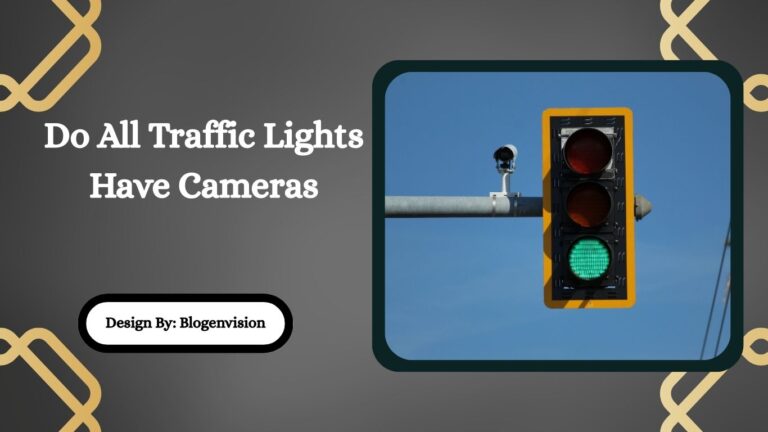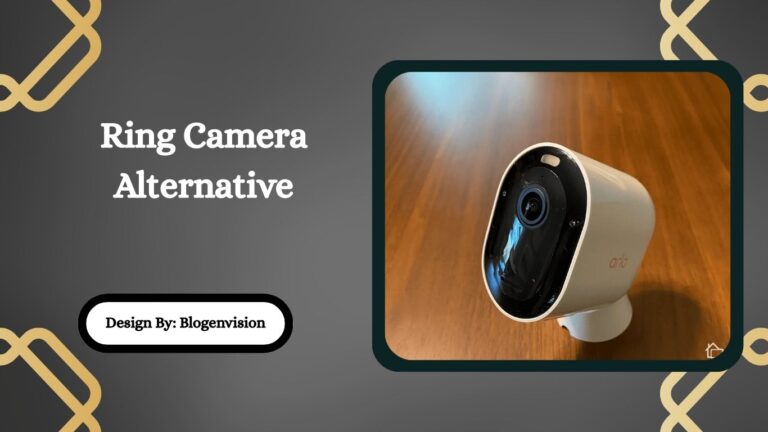Types Of Traffic Cameras – Complete Guide to How They Work!
Traffic cameras serve different purposes: red light cameras ticket violators, speed cameras catch speeding, while traffic monitors only observe flow. Others include toll cameras, average speed cameras, mobile units, and license plate readers. Each has distinct features and functions.
Introduction
Have you ever noticed cameras on traffic lights or roads and wondered what they’re for? There are actually several kinds of traffic cameras, each with different jobs. Some take pictures of cars that break rules, while others just watch traffic to keep roads safe. Let’s look at all the types so you’ll know what each one does.
1. Red Light Cameras (Ticket Cameras)
What they do:
- Take pictures when cars go through red lights
- Automatically send tickets to drivers who run red lights
- Help stop dangerous crashes at busy intersections
How to recognize them:
- Big metal boxes on poles near traffic lights
- Always have signs saying “Photo Enforced”
- Flash bright lights when taking pictures at night
Important facts:
- Only take pictures when light is completely red
- Used in about 1 out of 4 big intersections
- Tickets usually cost between
- 100−
- 100−300
2. Speed Cameras

What they do:
- Catch cars going too fast
- Use radar to measure speed
- Send speeding tickets by mail
Where you’ll find them:
- Near schools (to protect kids)
- Construction zones (to keep workers safe)
- Dangerous curves or hills
- Some highways
How to spot them:
- On tall poles by the road
- Sometimes in white vans parked on side of road
- Often have signs warning “Speed Camera Ahead”
3. Traffic Watcher Cameras
Why they’re there:
- Watch how many cars are on the road
- Help fix traffic jams
- Show traffic on maps and news reports
What’s special about them:
- Don’t give tickets
- Usually round and in domes
- Mounted high up on poles
How they help drivers:
- Let traffic centers know about accidents fast
- Can change traffic lights when roads are busy
- Give information for traffic apps
4. Toll Booth Cameras
What they’re for:
- Take pictures of license plates at toll roads
- Bill drivers who don’t have E-ZPass
- Make sure people pay tolls
Where they work:
- At toll plazas
- On express lanes
- Near bridges and tunnels
How they look:
- Several cameras together over each lane
- Sometimes flash at night
- Always near signs about tolls
5. Long-Distance Speed Cameras
How they work:
- Time how long it takes car to go between two spots
- Figure out average speed
- Ticket drivers going too fast the whole way
Common places:
- Highway work zones
- Country roads
- Long tunnels
Why they’re good:
- Make drivers slow down for whole area
- Can’t trick them by just slowing down for one camera
- Keep speeds steady and safe
6. Moveable Cameras
What’s different:
- Can be moved to different places
- Often in police cars or on tripods
- Used for special needs like:
- School zones when kids arrive
- Construction areas
- Neighborhoods with speeding problems
How to notice them:
- On top of police cars
- Small cameras on tripods by road
- Sometimes with temporary signs
7. License Plate Scanners

What they do:
- Take pictures of all license plates
- Check for:
- Stolen cars
- Expired registrations
- Missing persons alerts
Where they are:
- On police cars
- At city borders
- In parking lots
Privacy rules:
- Only keep plate info for short time
- Different cities have different rules
- Some places don’t allow them
How to Tell Them Apart
Here’s an easy way to remember:
| Camera Type | Gives Tickets? | Where It Is | Shape | Warning Signs |
| Red Light | Yes | Intersections | Box | “Red Light Camera” |
| Speed | Yes | School zones | Pole box | “Speed Camera” |
| Traffic Watcher | No | Highways | Dome | None |
| Toll | Sometimes | Toll roads | Many cameras | “Toll Area” |
| Long Speed | Yes | Highways | Big box | “Average Speed Check” |
What You Should Know About Your Rights
- Cameras that give tickets must have signs
- Some states don’t allow certain cameras
- Hidden cameras can’t give tickets
- Camera tickets usually don’t hurt your driving record
FAQs:
1. Do all traffic cameras give tickets?
No, only enforcement cameras (red light/speed cameras) issue tickets. Traffic monitoring cameras just observe flow and don’t penalize drivers. Toll cameras may generate bills but not moving violations.
2. Can you fight a red light camera ticket?
Yes, you can contest it by checking the photos for errors, verifying light timing, or proving it wasn’t your vehicle. Many jurisdictions allow online disputes.
3. How accurate are speed cameras?
Modern speed cameras are highly accurate, typically within ±1 mph. They use radar, lasers, or time-distance calculations. Regular calibration ensures precision, though errors can rarely occur.
4. Do traffic cameras record all the time?
Enforcement cameras only record during violations. Traffic monitoring cameras may record continuously but don’t store footage long-term. Some cities livestream traffic cameras publicly.
5. Why do some cameras flash at night?
The flash ensures clear license plate and vehicle images in darkness. Newer models use infrared instead, which is invisible to drivers but still captures quality images.
6. Are toll cameras the same as red light cameras?
No, toll cameras only capture plates for billing purposes at toll plazas. They don’t enforce traffic laws or issue moving violation tickets like red light cameras.
7. How long do cameras keep footage?
Enforcement cameras typically store violation footage 30-90 days. Traffic monitoring cameras may keep data just hours unless an incident occurs. Storage policies vary by jurisdiction.
8. Can mobile speed cameras work in moving police cars?
Yes, police vehicles often have mobile systems that can measure speed while moving. These calculate relative speed between the patrol car and target vehicle accurately.
Conclusion:
Understanding traffic camera types helps drivers navigate roads more confidently. While enforcement cameras promote safety through violations monitoring, others simply manage traffic flow. Recognizing their differences – from ticket-issuing red light cameras to non-punitive traffic monitors – allows for better awareness of road surveillance systems. Always look for posted signs indicating camera enforcement zones. Remember these devices primarily aim to improve safety, not just penalize. With this knowledge, you can drive more attentive while understanding your rights regarding traffic enforcement technology.



